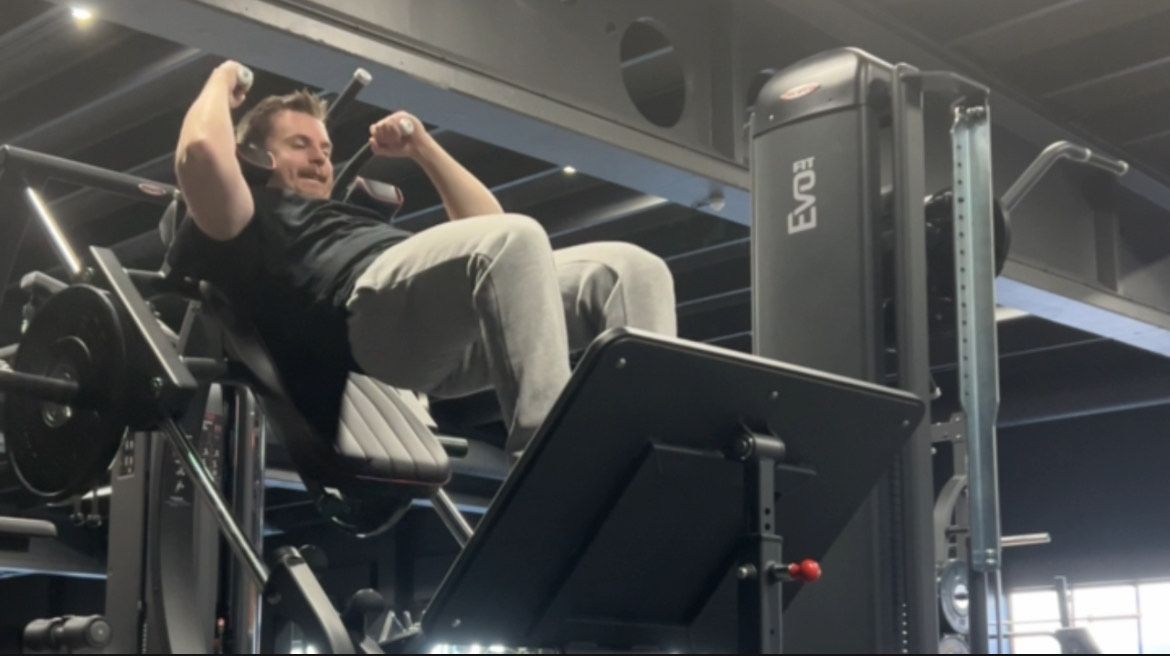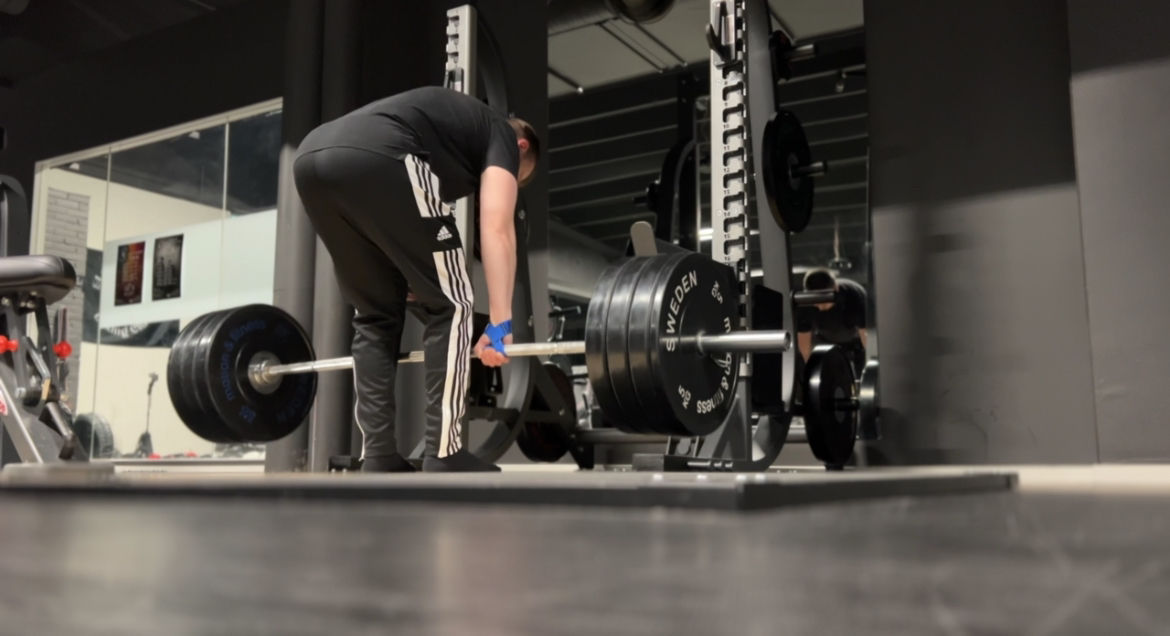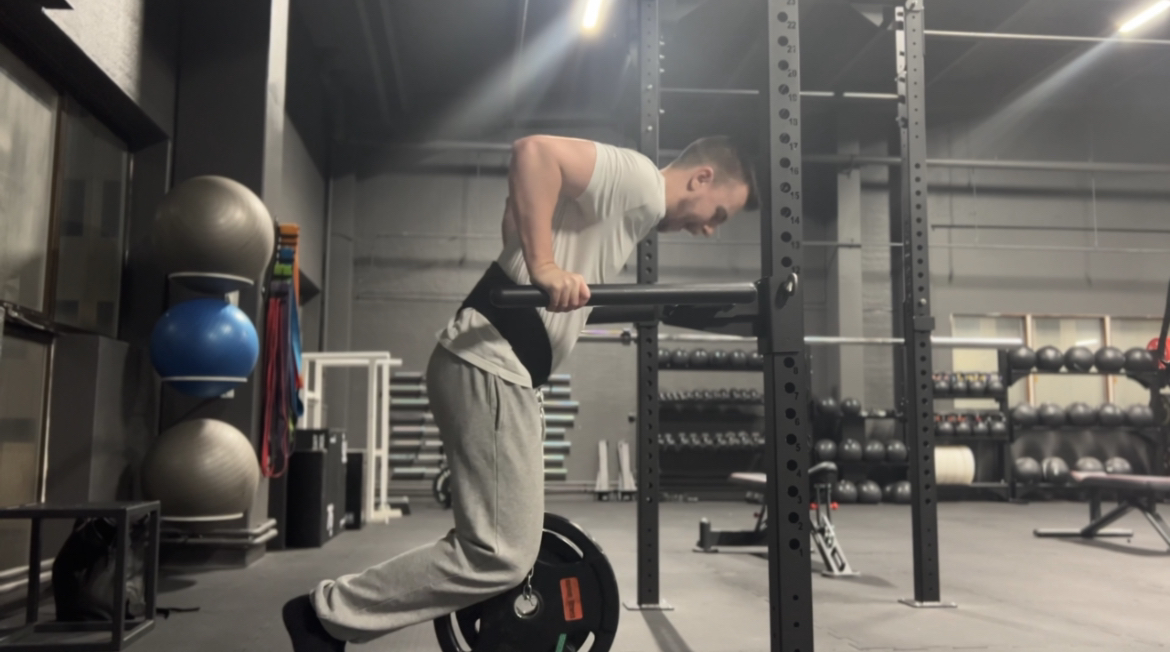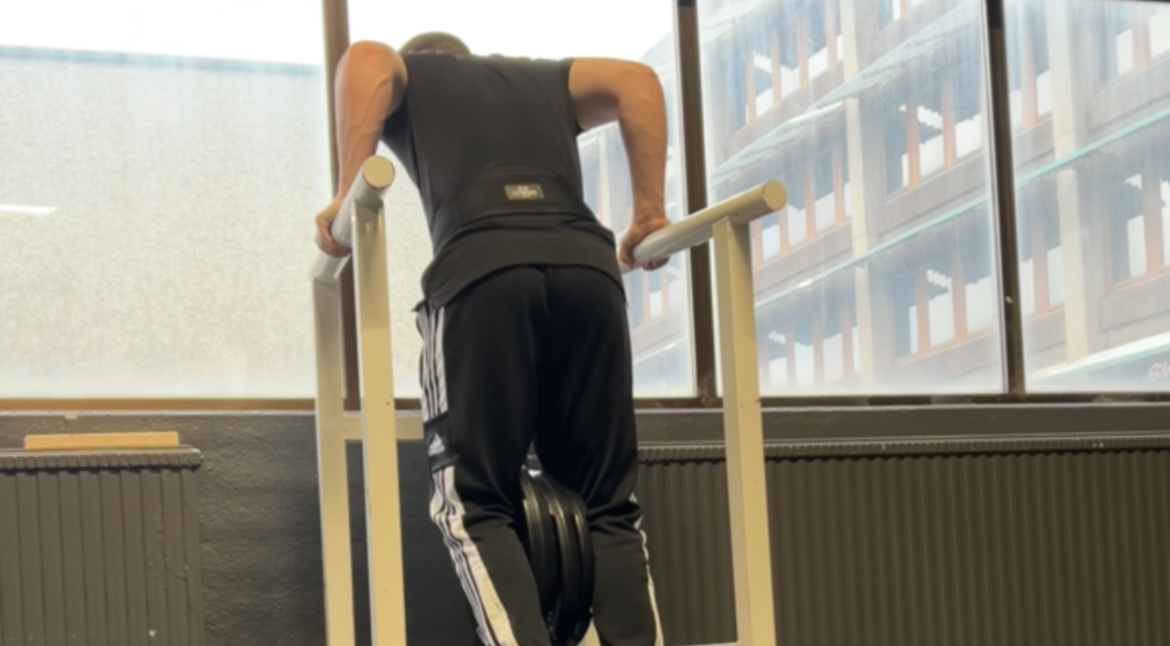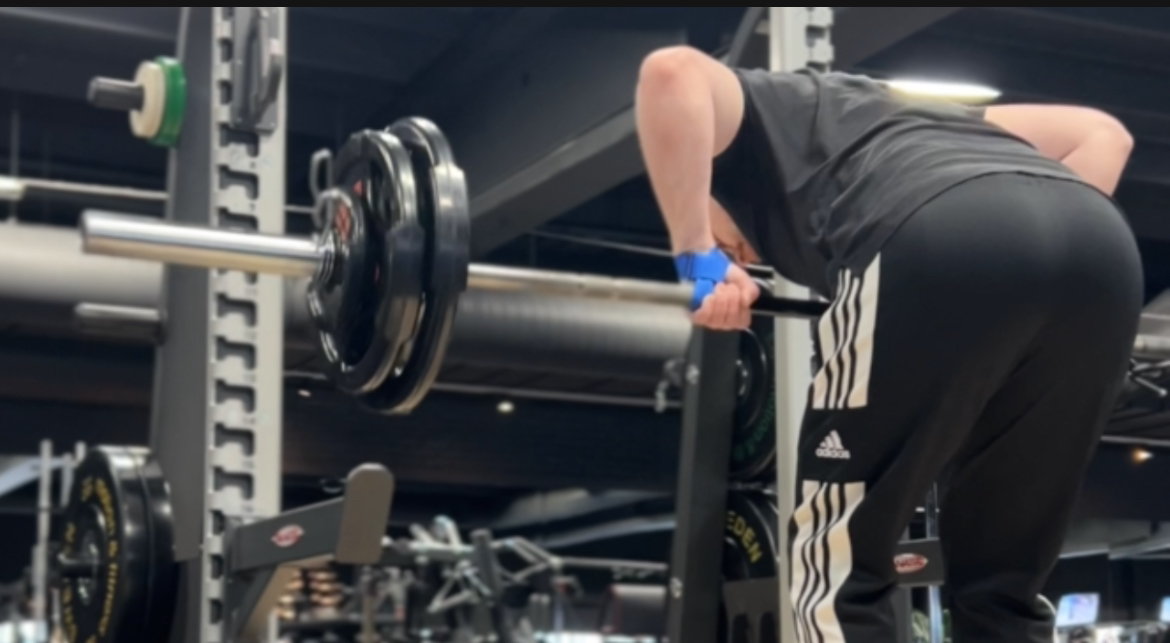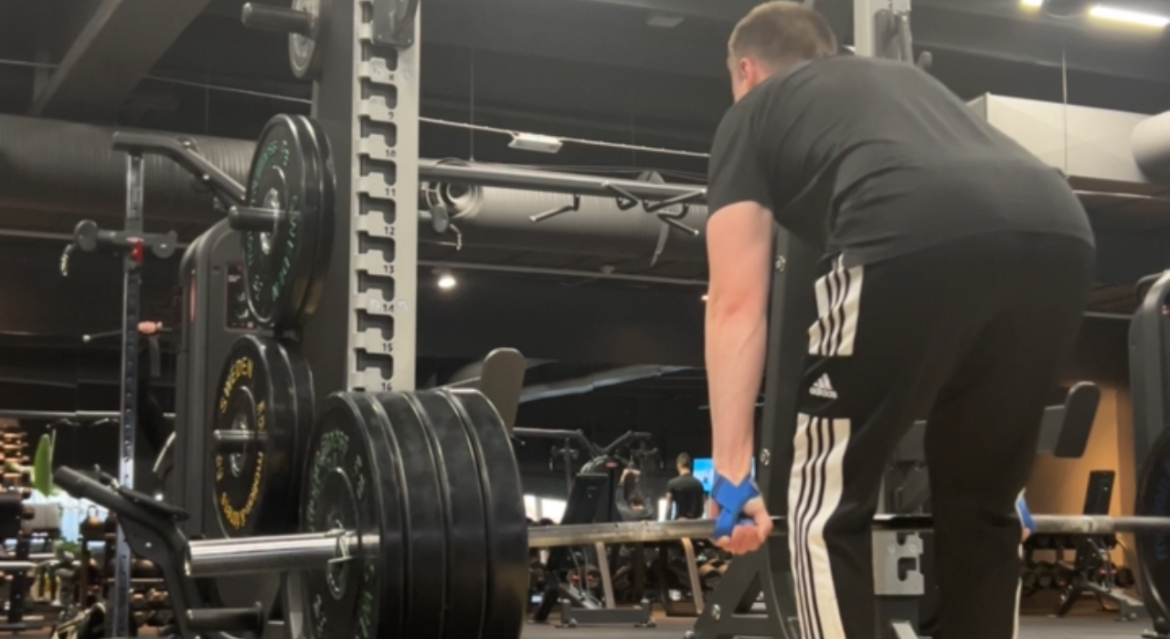Pull ups vs lat pulldown
Which is the best
When it comes to building a strong and muscular back, pull-ups and lat pulldowns are two of the most popular exercises. Both exercises target the latissimus dorsi, the largest muscle of the back, but they each have their own unique benefits and challenges. This article will explore the differences between pull-ups and lat pulldowns, their respective advantages, and how to incorporate them into your workout routine.
Understanding Pull-Ups and Lat Pulldown
Pull-Ups: Pull-ups are a bodyweight exercise where you hang from a pull-up bar and lift your body until your chin is above the bar. This exercise primarily targets the lats, but also engages the biceps, shoulders, and core muscles.
Lat Pulldowns: Lat pulldowns are performed on a cable machine. You sit down, grip the bar overhead, and pull it down towards your chest. This exercise also targets the lats, with additional engagement of the biceps and shoulders.
Benefits of Pull-Ups
- Functional Strength: Pull-ups are a compound, bodyweight exercise that enhances functional strength and overall athleticism.
- Core Engagement: Performing pull-ups requires significant core stabilization, which strengthens your abdominal and lower back muscles.
- Upper Body Strength: Pull-ups are excellent for building upper body strength, particularly in the back, shoulders, and arms.
- Versatility: You can vary your grip (wide, narrow, overhand, underhand) to target different muscle groups.
- No Equipment Needed: Besides a pull-up bar, no additional equipment is required, making it a convenient exercise for home workouts or outdoor training.
Benefits of Lat Pulldowns
- Controlled Resistance: Lat pulldowns allow you to adjust the weight, making it easier to progressively increase resistance and build strength.
- Accessibility: Easier for beginners who might struggle with pull-ups, as the weight can be adjusted to match their strength level.
- Isolation: Provides a more isolated workout for the lats, with less engagement of other muscle groups compared to pull-ups.
- Variety: The cable machine allows for various grip positions and attachments, targeting different areas of the back.
- Muscle Activation: Effective for activating the lats and improving mind-muscle connection, which is beneficial for muscle growth.
Comparing Pull-Ups and Lat Pulldowns
Muscle Activation: Both exercises effectively target the lats. Pull-ups engage more stabilizing muscles, providing a more comprehensive upper body workout. Lat pulldowns, however, can provide a more isolated focus on the lats, which is beneficial for muscle hypertrophy.
Difficulty Level: Pull-ups are generally more challenging as they require lifting your entire body weight. Lat pulldowns are more accessible for beginners since the weight can be adjusted to suit their strength level.
Progression and Variation: Pull-ups can be progressed by adding weight using a dip belt or weighted vest. Lat pulldowns offer more variation with different attachments and grip positions, allowing for targeted muscle activation.
Equipment and Accessibility: Pull-ups require minimal equipment (a pull-up bar), while lat pulldowns require access to a cable machine, which might not be available outside of a gym setting.
Incorporating Both Exercises into Your Routine
To maximize back development, incorporating both pull-ups and lat pulldowns into your workout routine can be beneficial. Here’s a sample back workout that includes both exercises:
Warm-Up (5-10 minutes)
- Light cardio (e.g., jogging or jumping jacks)
- Dynamic stretches (e.g., arm circles, torso twists)
Workout Routine
- Pull-Ups: 3 sets of 8-12 reps
- Vary your grip each set (wide, narrow, neutral)
- Lat Pulldowns: 3 sets of 10-15 reps
- Use different attachments or grips for each set (e.g., wide grip, close grip, V-bar)
- Bent Over Rows: 3 sets of 10-12 reps
- Targets the middle back and complements the pull-up/lat pulldown movements
- Face Pulls: 3 sets of 12-15 reps
- Focuses on the rear deltoids and upper back
- Deadlifts: 3 sets of 8-10 reps
- Engages the entire posterior chain, including the lower back
Cool Down (5-10 minutes)
- Static stretching: Hold each stretch for 20-30 seconds
- Focus on the back, shoulders, and arms
Conclusion
Both pull-ups and lat pulldowns are excellent exercises for developing a strong and muscular back. Pull-ups build functional strength and engage multiple muscle groups, while lat pulldowns allow for controlled resistance and targeted muscle activation. Incorporating both exercises into your workout routine can provide a balanced approach to back training, ensuring comprehensive development and strength gains. Whether you’re a beginner or an advanced lifter, these exercises can help you achieve your fitness goals.
4o
